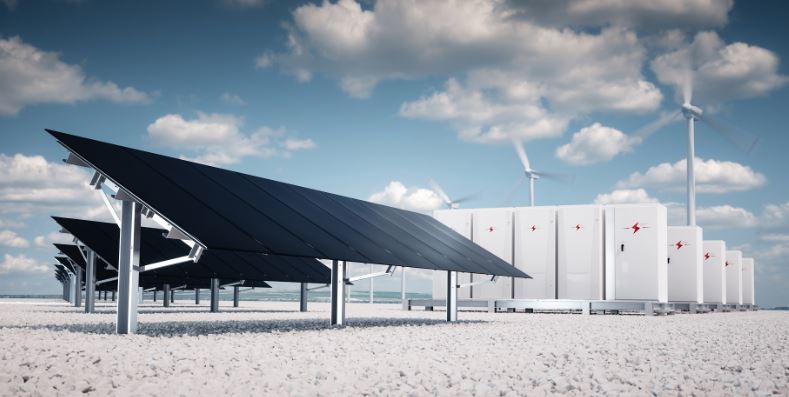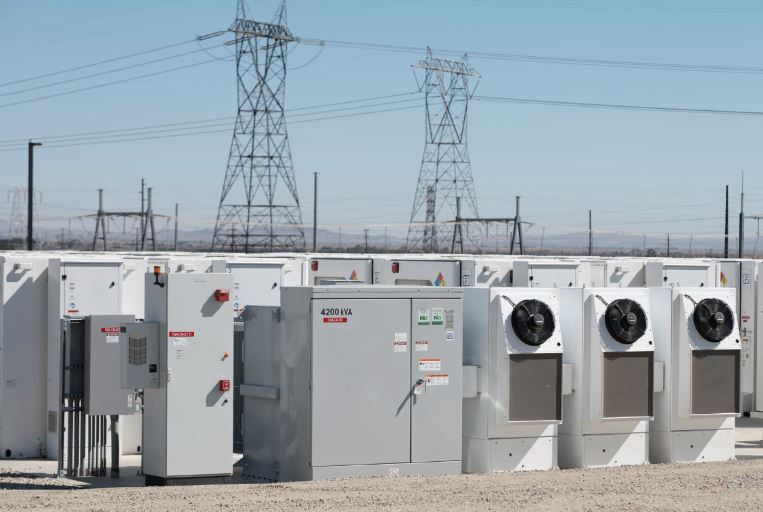“Dominion Energy has proposed nearly two dozen new solar and energy storage projects, according to new filings with Virginia regulators. If approved by the Virginia State Corporation Commission (SCC), the projects will provide more than 800 MW of electricity.
Ten solar and storage projects totaling nearly 500 MW would be directly owned and operated by Dominion. The proposal also includes PPAs with 13 solar and storage projects, totaling more than 300 MW.
Construction of the projects is projected to support nearly 4,800 clean energy jobs and will generate more than $920 million in economic benefits across Virginia.”






